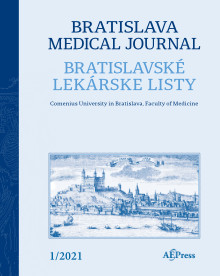
“The endocannabinoid system (ECS) dynamically regulates many aspects of mammalian physiology. ECS has gained substantial interest since growing evidence suggests that it also plays a major role in several pathophysiological conditions due to its ability to modulate various underlying mechanisms. Furthermore, cannabinoids, as components of the cannabinoid system (CS), have proven beneficial effects such as anti-inflammatory, immunomodulatory, neuromodulatory, antioxidative, and cardioprotective effects. In this comprehensive review, we aimed to describe the complex interaction between CS and most common age-related diseases such as neuro-degenerative, oncological, skeletal, and cardiovascular disorders, together with the potential of various cannabinoids to ameliorate the progression of these disorders. Since chronic inflammation is postulated as the pillar of all the above-mentioned medical conditions, we also discuss in this paper the potential of CS to ameliorate aging-associated immune system dysregulation.”
https://pubmed.ncbi.nlm.nih.gov/36289755/
“The cannabinoid system has the potential to ameliorate different underlying mechanism involved in the progression of aging-related diseases. Additionally, ECS may represent a promising approach not only for the treatment, but also for the alleviation of age-related disorder-associated symptoms and/or for increasing the efficacy of existing drugs. Moreover, our findings show that cannabinoids may be able to modulate various mechanisms rather than targeting a single dysregulated pathway in age-related diseases. Natural as well as synthetic cannabinoids ameliorate the balance between neurodegeneration and neuroinflammation in neurodegenerative diseases. In addition, they may play an important role in modulating the complex physio-pathology of MS and may be used as immune modulators, neuroprotectors, or remyelination promoters. The modulation of pro-inflammatory cytokines through the endogenous cannabinoid system may have beneficial effects on MS, AD, PD, aging-related musculoskeletal changes, and CVDs. On the other hand, it is clearly now that targeting the ECS with various natural or synthetic compounds may have the theoretical potential of an improved control of cancer progression.”








